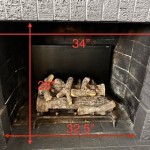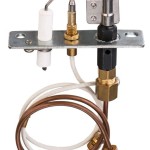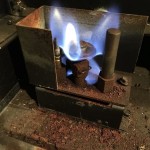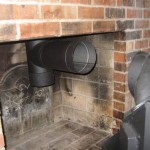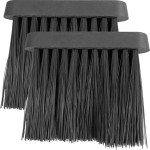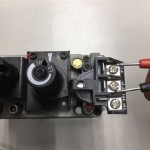Chimney Fireplace Damper: Essential Component for Safety and Efficiency
A chimney fireplace damper is a fundamental component of every fireplace system, serving two critical functions: ensuring the safe operation of the fireplace and maximizing its efficiency. Understanding the essential aspects of a chimney fireplace damper is paramount for enhancing home safety and comfort.
Definition and Purpose
A chimney fireplace damper is a metal or ceramic plate that sits inside the flue pipe, directly above the firebox. When the fireplace is in use, the damper is typically open, allowing smoke and combustion gases to escape up the chimney. When the fireplace is not in use, the damper can be closed to seal off the flue, preventing cold air and drafts from entering the home.
Safety Features
One of the primary roles of a chimney fireplace damper is to enhance safety. When the damper is closed, it acts as a barrier between the hot flue gases and the combustible materials in the home. This helps prevent house fires by preventing sparks and embers from escaping into the living space. Additionally, a closed damper can help reduce the risk of carbon monoxide poisoning by preventing the backflow of harmful gases into the home.
Energy Efficiency
Besides its safety benefits, a chimney fireplace damper also plays a crucial role in energy efficiency. When the damper is closed, it prevents warm air from escaping up the chimney, reducing heat loss and improving the overall efficiency of the fireplace. This can lead to lower heating costs and a more comfortable living environment.
Types and Materials
There are several types of chimney fireplace dampers available, each with its own advantages and disadvantages. Common damper types include:
- Top-sealing dampers: Fit tightly against the top of the flue, providing a superior seal against cold air and drafts.
- Throat dampers: Installed within the throat of the fireplace, just above the firebox, offering good draft control and airflow regulation.
- Butterfly dampers: Feature a pivoted metal or ceramic plate that swings open and closed, providing a versatile and adjustable option.
Dampers are typically made of metal (such as cast iron or stainless steel) or ceramic. Metal dampers are more durable and resistant to corrosion, while ceramic dampers are more lightweight and less likely to warp over time.
Importance of Regular Inspection
Regular inspection and maintenance of the chimney fireplace damper is crucial for ensuring its proper functioning and safety. A professional chimney sweep can inspect the damper for any signs of damage, such as cracks, rust, or warping. They can also lubricate moving parts and make any necessary repairs or adjustments to ensure the damper operates smoothly and effectively.

What Is A Chimney Damper Full Service

What Is A Chimney Damper Full Service

What Is A Chimney Damper Full Service

What Is A Chimney Damper Full Service

What Is A Chimney Damper Full Service

When To Close My Fireplace Damper We Love Fire

Everything You Need To Know About Chimney Dampers All Pro Service

What Is A Chimney Damper Full Service

What Is A Fireplace Damper Here S To Know Hunker

How To Make A Fireplace Damper Ehow
Related Posts

